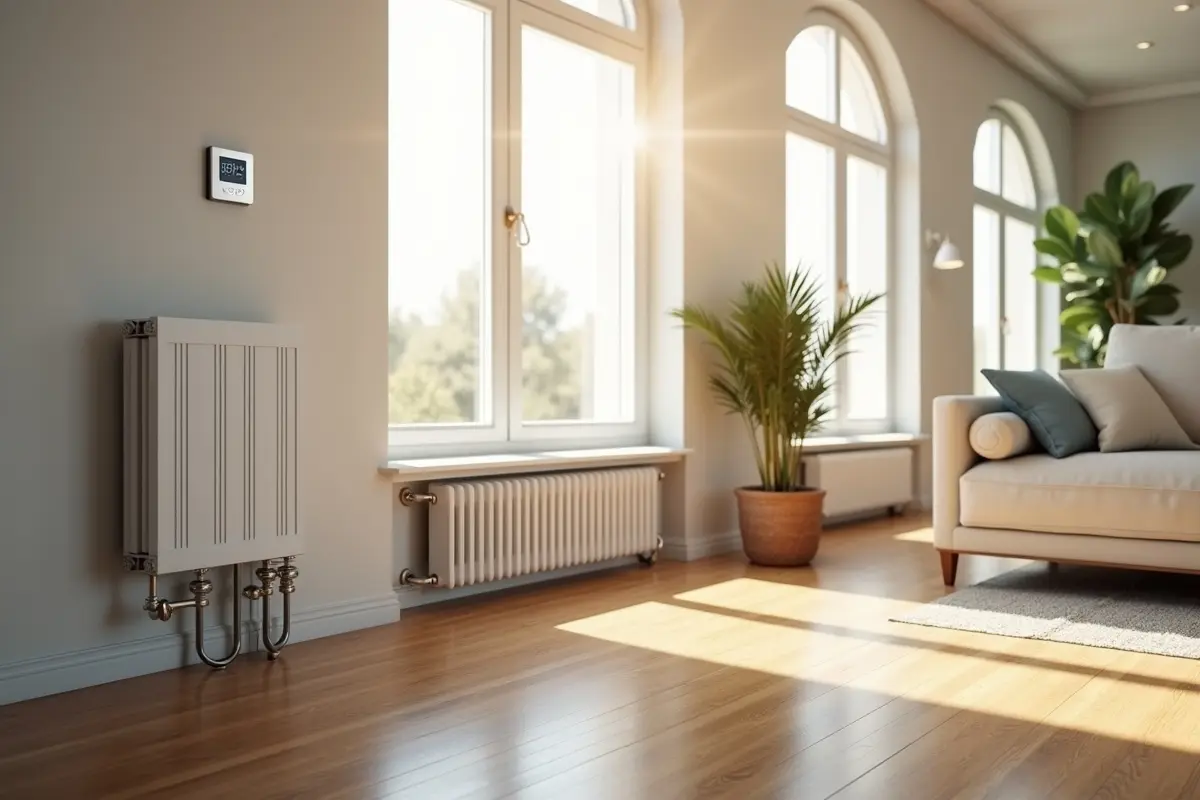Choosing a new heating system is a significant investment that impacts not only your comfort but your home’s energy costs and environmental footprint for years to come. With various technologies, fuel types, and efficiency ratings available, identifying the right fit for your unique needs can be challenging.
Understanding these factors—and weighing options like heat pump installation—helps ensure you make an informed, cost-effective choice. Homeowners must consider a range of factors, including house size and layout, regional climate, and fuel availability. The goal is to select a system that delivers reliable comfort, maximizes efficiency, and aligns with your maintenance expectations and budget.
Assessing Your Home’s Heating Needs
Begin your selection process by evaluating the specific characteristics of your home. Square footage, number of levels, ceiling heights, and insulation quality all impact the amount of heat your home requires for consistent comfort. Larger homes or those with open floor plans often require more powerful equipment, while well-insulated homes can rely on more moderate systems. A professional can perform a heat loss analysis to provide precise insights into your actual heating demand, helping avoid systems that are either undersized or unnecessarily costly.
Don’t overlook your home’s window quality, air tightness, and climate zone. Homes in cold climates typically require systems with a more robust capacity than those in milder areas. Properly assessing these variables results in optimal system performance and cost efficiency.
Energy Efficiency Considerations
Energy efficiency should play a central role in the decision-making process. High-efficiency models require less energy to produce the same amount of heat, reducing both your monthly bills and environmental impact. Look for heating systems with high Annual Fuel Utilization Efficiency (AFUE) ratings, ENERGY STAR certification, or seasonal efficiency ratings (SEER/HSPF for heat pumps).
Renewable options, like geothermal heating or systems compatible with solar energy, can further enhance sustainability and deliver long-term savings. For a comprehensive breakdown of efficiency standards and how they affect your energy bills, review the U.S. Department of Energy’s guide to home heating systems.
Investing in an energy-efficient system not only cuts costs but also increases your home’s overall value. Additionally, regular maintenance and timely upgrades can ensure your system continues to operate at peak efficiency for years to come.
Fuel Options and Availability
Heating systems typically operate on one of several fuel types, including natural gas, electricity, oil, or propane. Not all fuels are available in every region, so it’s important to research local availability and costs.
Urban areas typically have easy access to natural gas, whereas rural regions often rely more on electricity, propane, or oil. Each fuel type comes with advantages and considerations relating to price stability, environmental impact, and ongoing operating expenses. Understanding your options helps avoid unexpected costs or supply challenges in the future.
Types of Heating Systems
There are several primary types of residential heating systems, each with its own strengths and suitability for different homes:
- Furnaces: The most common choice in the U.S., furnaces warm the air in a central location and distribute it throughout your home via ducts. They can operate on natural gas, oil, or electricity.
- Boilers: Boilers heat water to provide either hot water or steam for heating through radiators or radiant floor systems. They generally offer quiet, uniform heat and are popular in older homes.
- Heat Pumps: Popular in moderate climates, heat pumps move heat either into or out of your house depending on the season, allowing for both heating and cooling from a single system. They’re celebrated for energy efficiency and versatility, primarily when ductless mini-split versions are used in homes without existing ductwork.
- Ductless Mini-Splits: These systems provide zoned heating (and cooling) without the need for ductwork. They work well in homes with additions, finished basements, or older homes without pre-existing ducts.
Comparing System Suitability
When comparing systems, consider your climate, home structure, and lifestyle. For example, a heat pump might be ideal for a mild, Southern climate, while an efficient natural gas furnace could be the best fit in colder regions with access to gas.
Maintenance and Longevity
Every heating system requires periodic maintenance for both safety and optimal performance. Furnaces typically require annual servicing, including filter changes and safety checks. Boilers often require regular inspections for leaks and occasional flushing to prevent sediment build-up.
Heat pumps should have their coils, filters, and refrigerant levels checked at least twice a year. Choosing a system with manageable maintenance needs that aligns with your schedule and budget ensures longevity and reduces the risk of costly repairs or early system failures.
Consulting with Professionals
It’s crucial to seek advice from certified HVAC professionals when selecting your new heating equipment. Professionals can assess your home, recommend appropriately sized systems, and ensure that installation is handled correctly for maximum efficiency and compliance with the manufacturer’s warranty.
Skimping on expert input or installation quality can lead to system inefficiencies, higher bills, and a shorter equipment lifespan. Consultations also provide opportunities to explore the latest rebates, incentives, and technologies that are suited to your home, reducing your upfront costs where possible.
Conclusion
The process of selecting the right heating system involves careful consideration of your home’s specific needs, energy efficiency targets, fuel availability, and maintenance requirements. Investing the time in a thorough evaluation—and relying on expert support—ensures you’ll enjoy lasting comfort, minimized costs, and an energy-efficient home environment for years to come.




